How to conduct a Doping Control
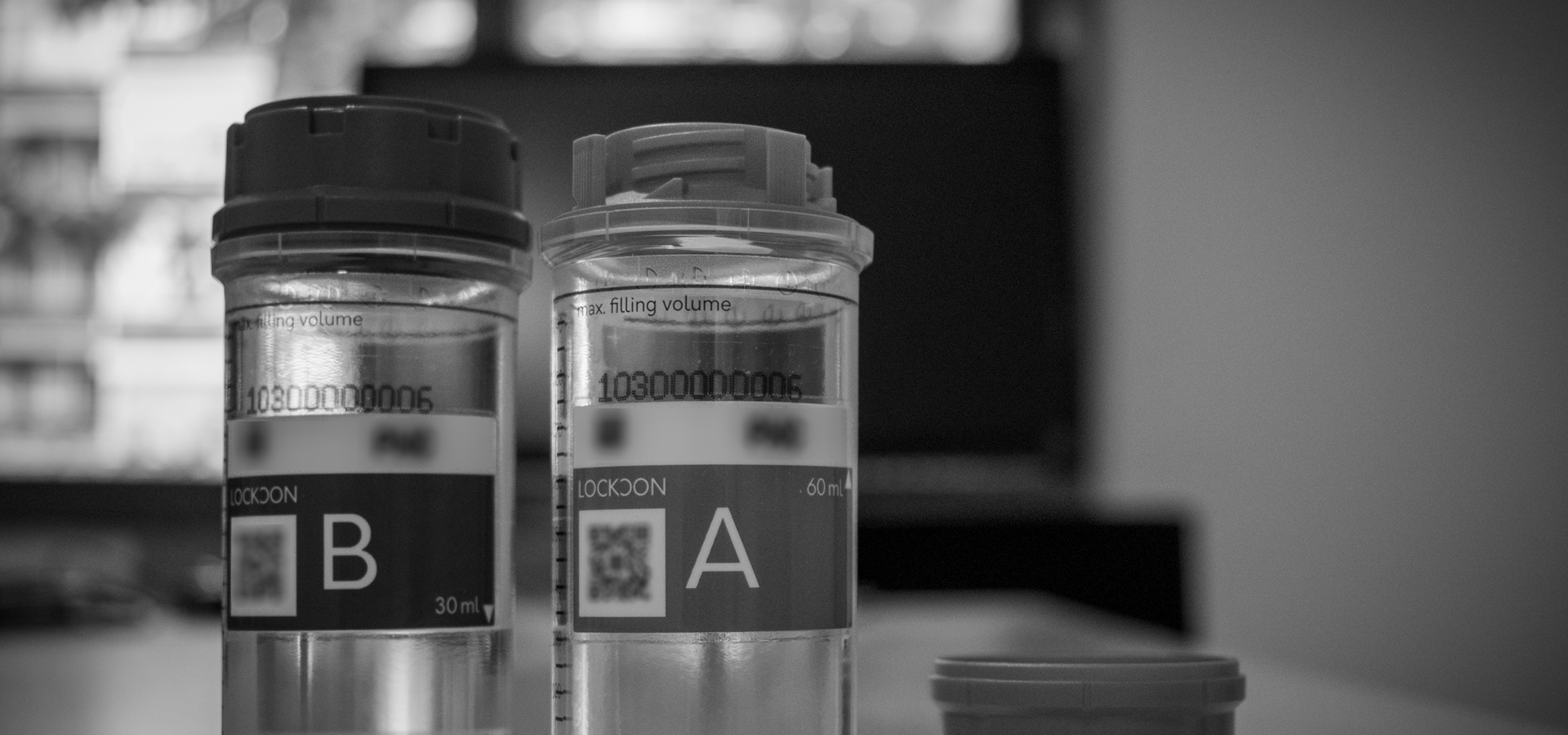
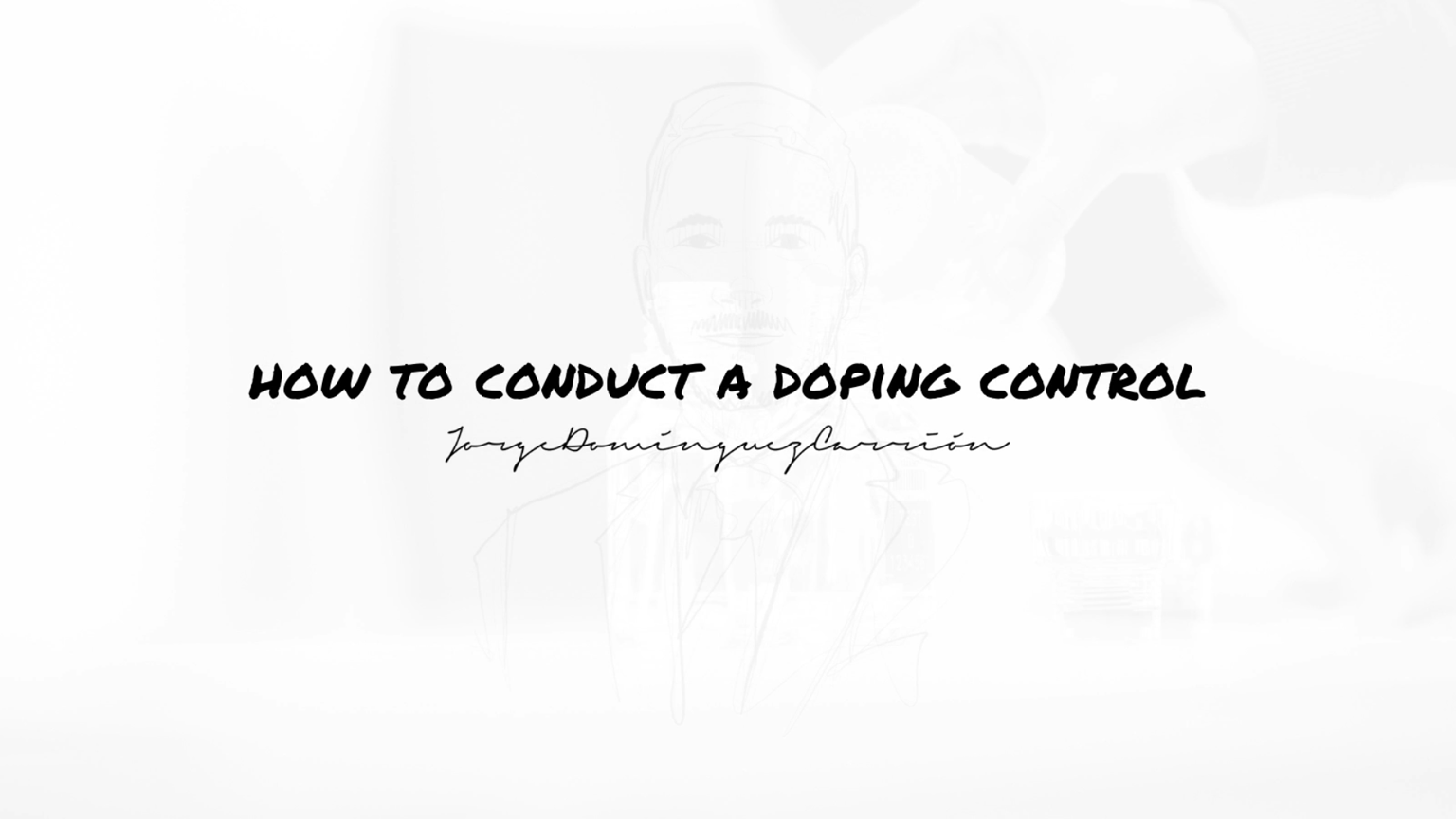
Accurate and effective doping control procedures are essential to maintaining fairness and integrity in sport. For these reasons, there are specific steps to be followed by the athlete, the Doping Control Officer (DCO) and any other party who is involved in a doping control process, which are the following:
- Notification
- Reporting to Doping Control Station (DCS)
- Sample collection vessel selection
- Sample provision
- Sample kit selection
- Sample splitting
- Sample sealing
- Specific gravity measurement
- Doping Control Form (DCF) completion
- Sample shipment to laboratory
1. Notification
The notification of an athlete starts when the Doping Control Officer (DCO) initiates the notification of the selected athlete and ends when the athlete arrives at the Doping Control Station (DCS). The DCO shall ensure ‘No Advance Notice Testing’ and the continuous observation of the athlete after notified.
After locating the athlete, the DCO shall identify himself and confirm the athlete’s identity, informing him that he has been selected to provide a sample and about his rights and responsibilities.
Finally, the notification shall be properly documented.
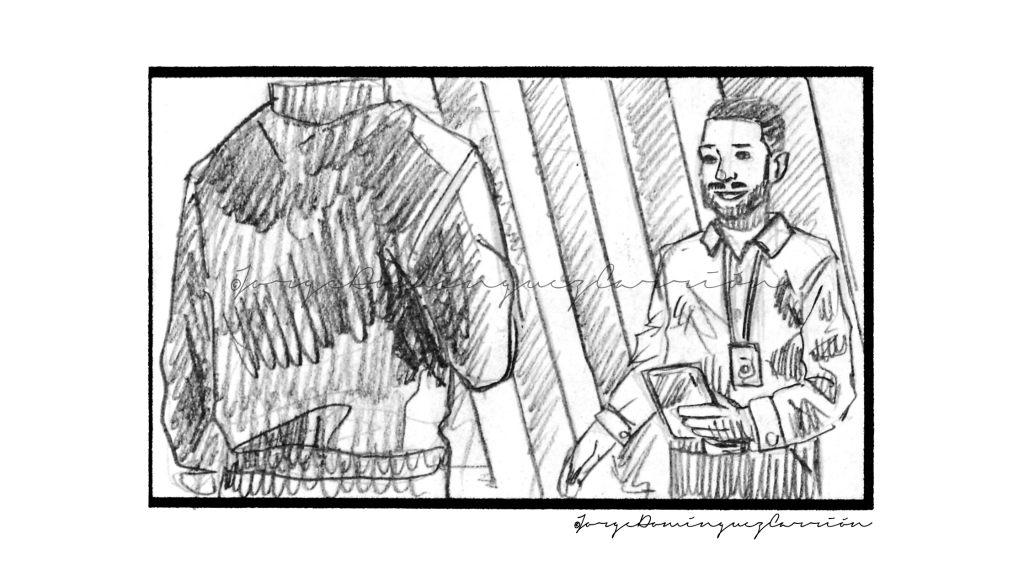
2. Reporting to Doping Control Station (DCS)
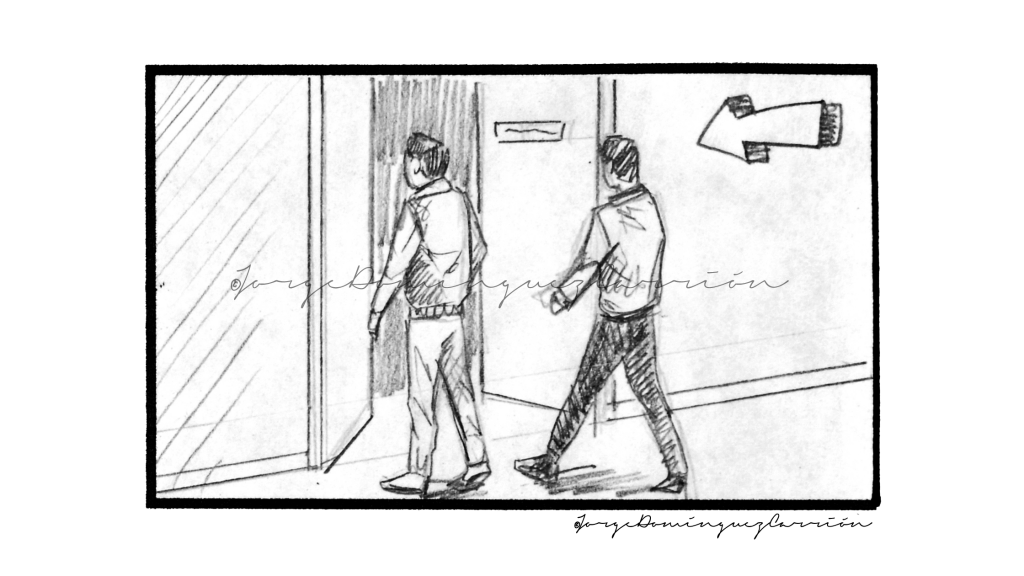
3. Sample collection vessel selection
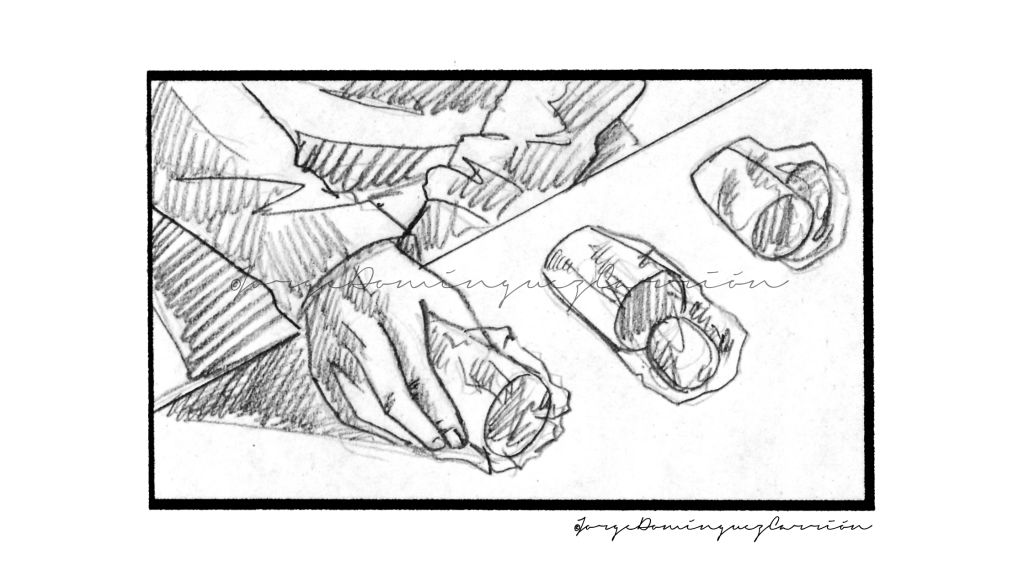
4. Sample provision
Immediately before opening any of the equipment, the athlete must wash their hands without soap. Then, the DCO shall instruct the athlete to remove or adjust any clothing which restricts the DCO’s clear view of sample provision.
A minimum of 90 ml of urine shall be collected to have a full sample.
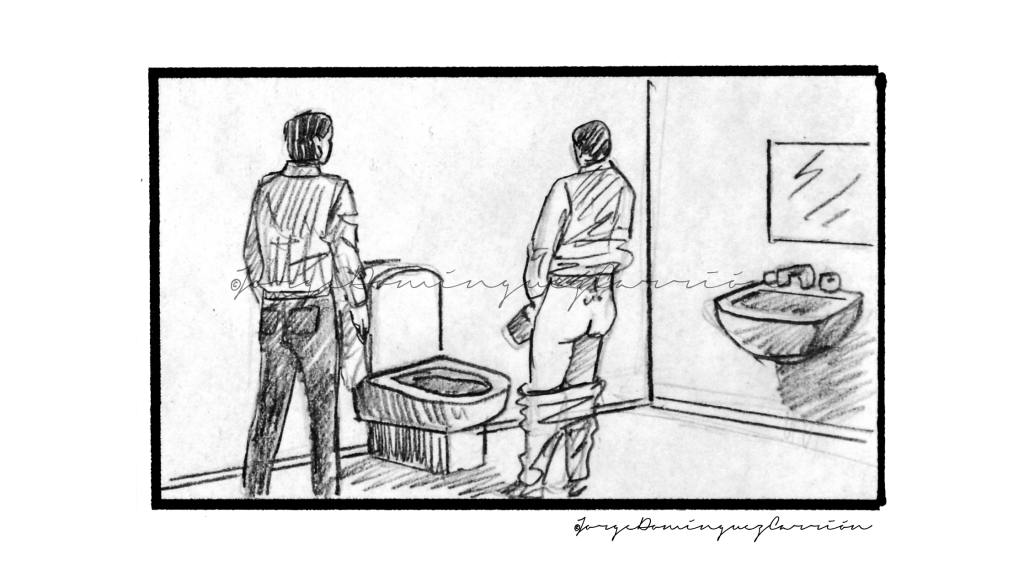
5. Sample kit selection
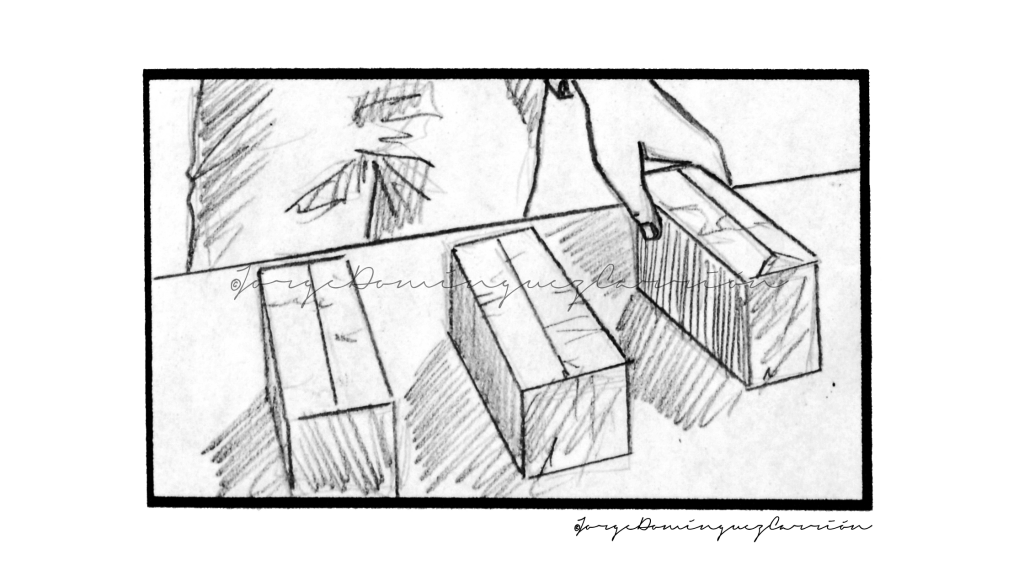
6. Sample splitting
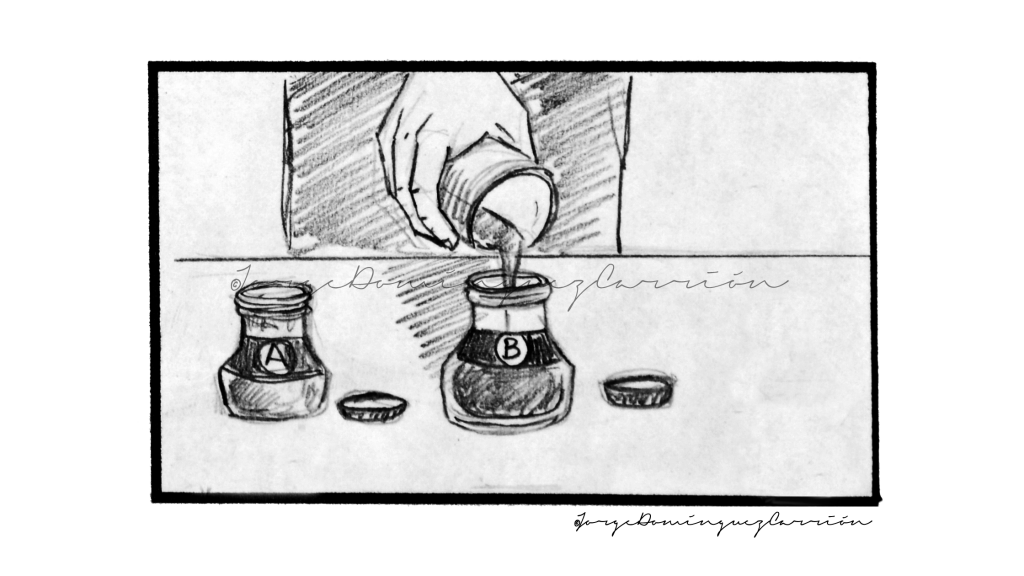
7. Sample sealing
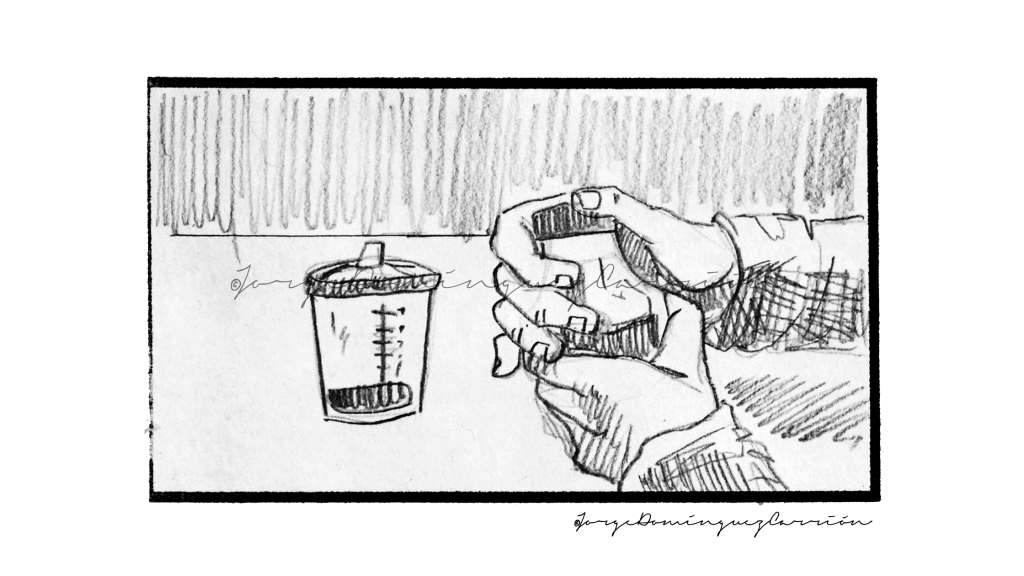
8. Specific gravity measurement
This residual urine sample shall only be discarded when both, the ‘A’ and ‘B’ bottles, have been sealed and the residual urine has been tested.
The athlete shall be given the option of witnessing the discarding of any residual urine that will not be sent for analysis.
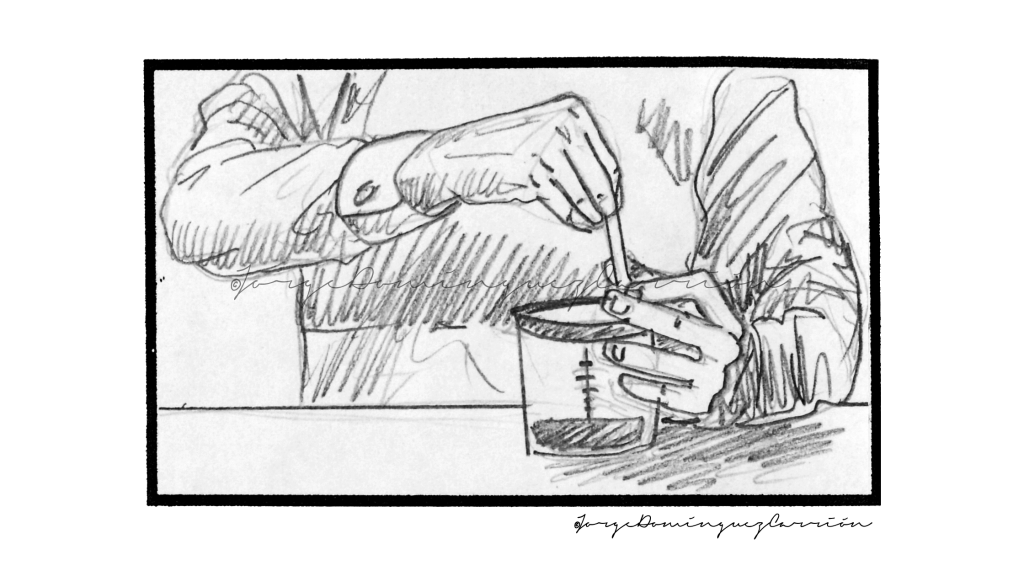
9. Doping Control Form (DCF) completion
Then, the information on the Doping Control Form (DCF) shall be confirmed by both, the athlete’s and DCO’s signatures, ensuring that the laboratory copy of the DCF does not contain any information that will identify the athlete.
Finally, the athlete shall receive his copy of the DCF and leave the Doping Control Station.

10. Sample shipment to laboratory
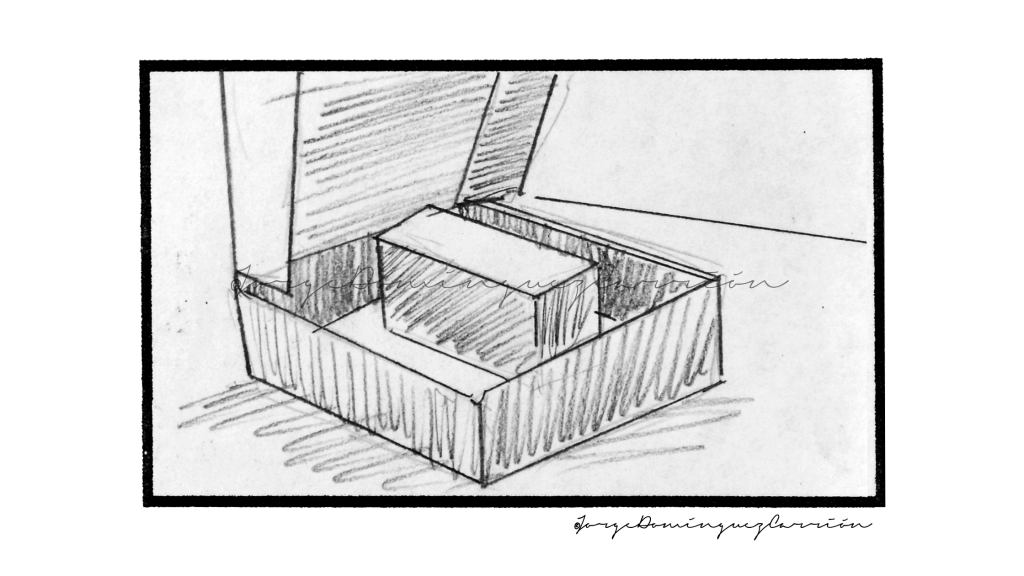
To learn more about the doping control process, you can consult the International Standard for Testing and Investigations (ISTI) of the World Anti-Doping Agency (WADA).